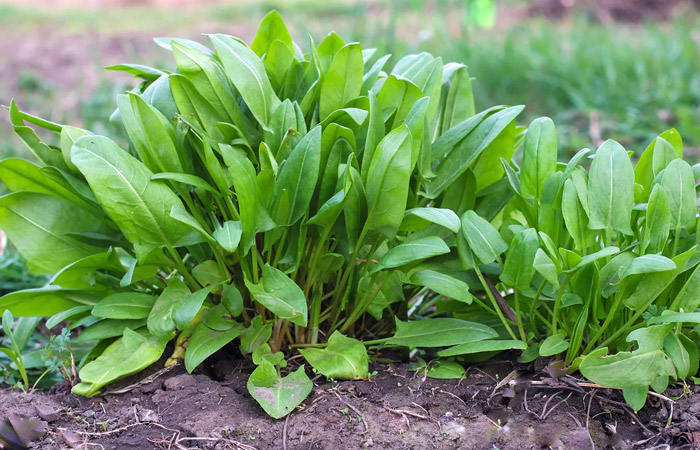Different cultures eat different greens. Perhaps we all know that, but I want to flesh this out based mostly on observations built over the years that I have been involved at the allotment gardens behind the Steinbach Mennonite Church.
Let me begin with Mennonite culture. This is the one I know best because it is my own. Greens have never been a strong part of Mennonite culture. Language is telling in this regard. Of all the common edible greens grown in the garden – spinach, swiss chard, kale, etc., only one has a low German name: Zurump – sorrel. Sorrel is a very important food in Mennonite cultural history, in that it was the first plant, because it is a perennial, to be harvested in the garden after a long winter of living on root vegetables. Sorrel is eaten in soma borsch, a welcome relief to the cabbage borsch Mennonite homes would have had all winter. That cabbage borsch would have been made from cabbage fresh from the garden in late summer, then from cabbage kept in the root cellar, and from fermented cabbage later in winter and early spring.
Of course Mennonites today eat other greens, even low German speaking Mennonites do that and they refer to these greens in low German, but the name is clearly borrowed from English.
Then there are mainstream Canadians. They grow lettuce (various species), Swiss chard, spinach, and kale. These are good, wholesome vegetables, but I doubt that anyone growing them here knows much about their cultural history.
One of the plants found in all of these gardens is red-rooted pig weed. This is regarded as a pesky weed, one we would rather do without. However in recent years a significant number of African Canadians have taken plots in the allotment project, and what we have noticed is that these neighbours have a very different relationship with the red-rooted pig weed. This is their preferred edible green. It is called mchicha or ringa ringa in Swahili. These Congo-born gardeners encourage red-rooted pig weed to grow in their garden. They even spread more seed, seed they have brought from Congo. When the plants are about six inches tall they are harvested and consumed after cooking and spicing. Some plants are left to mature and self-seed for next year’s crop.
This year we also have a family from India for the first time. They have seeded a significant portion of their garden to fenugreek. This is a clover-like plant which was planted very densely, and then harvested clean. This is their favoured green.
And then there is the internet. If you search for edible greens you will discover that many of the plants in our environment are edible, but if we are culturally not accustomed to them, they have little appeal.




